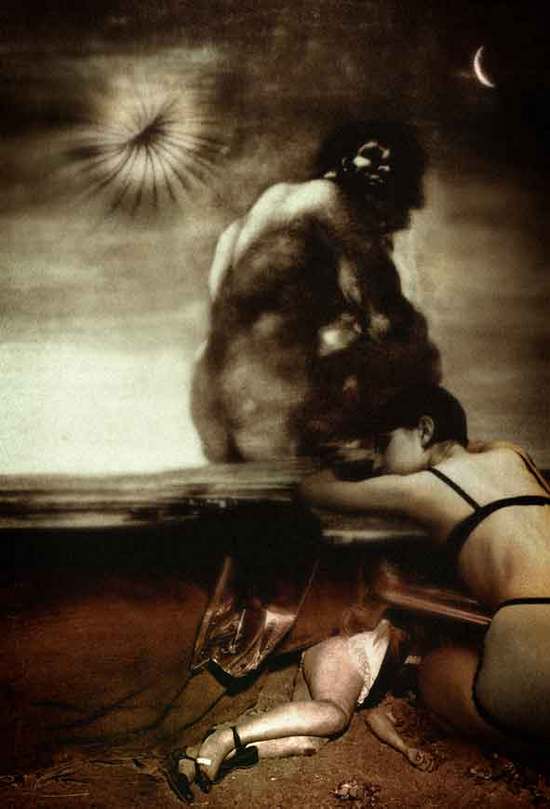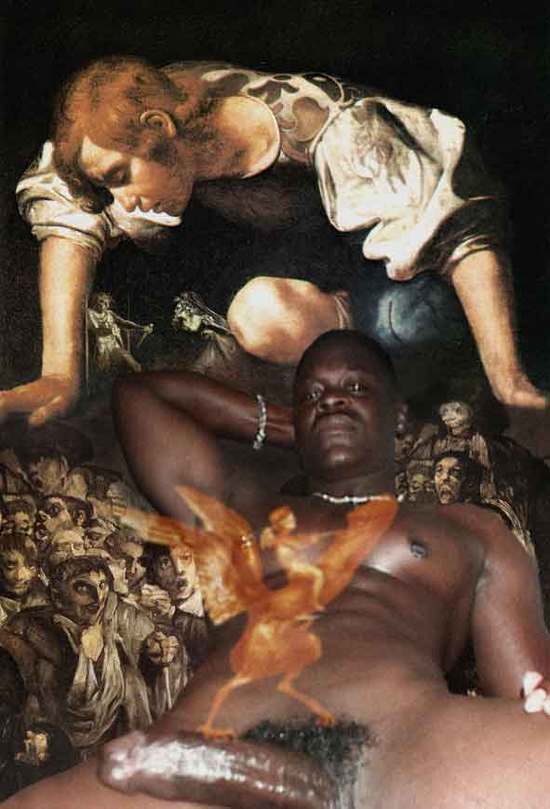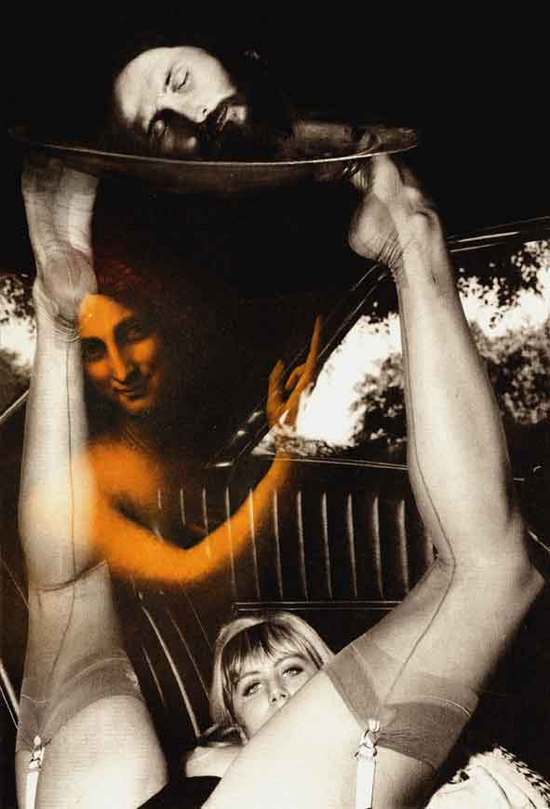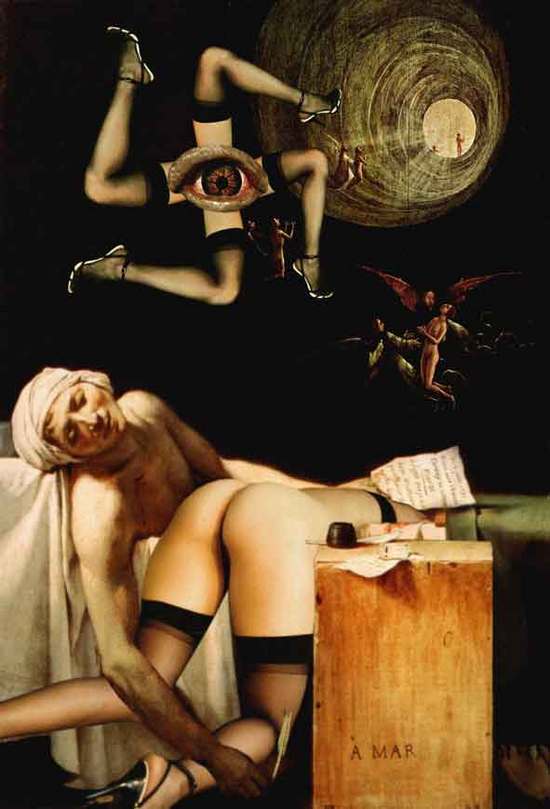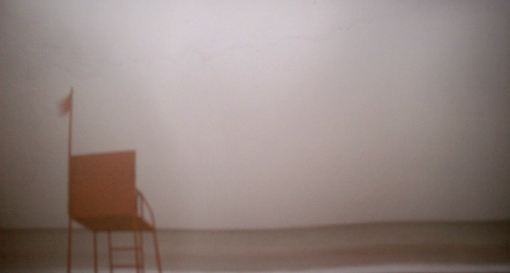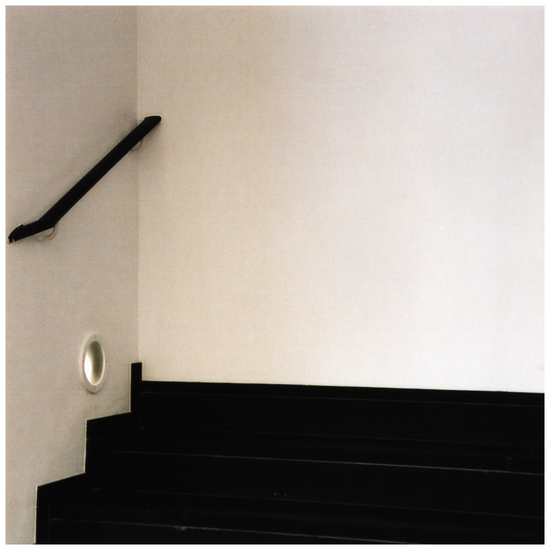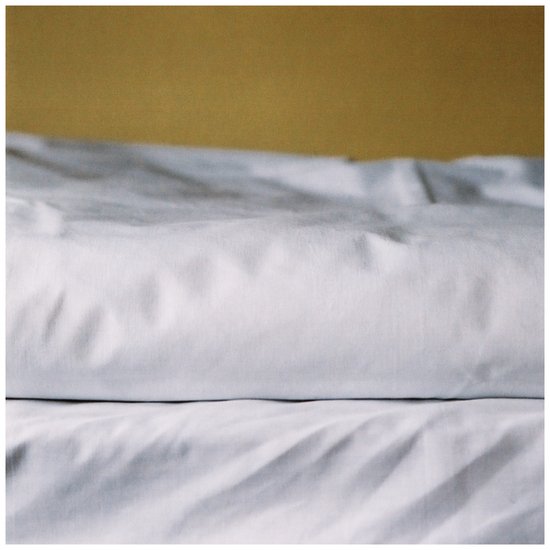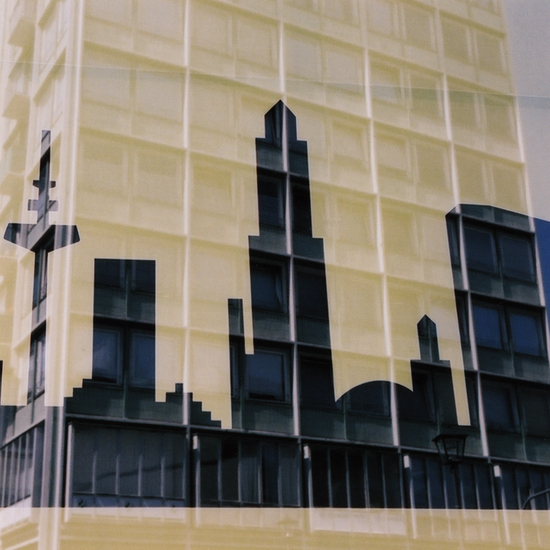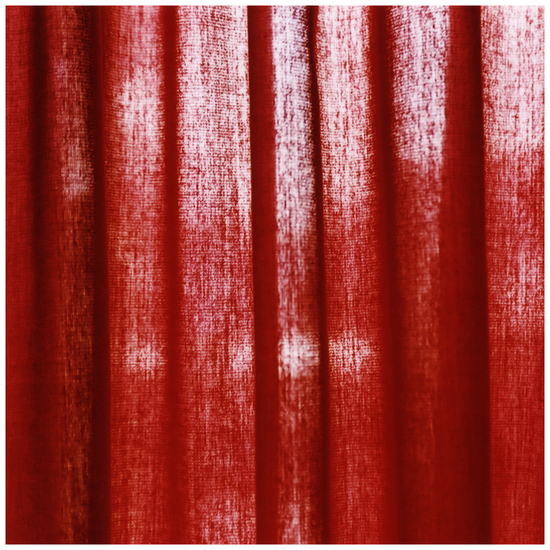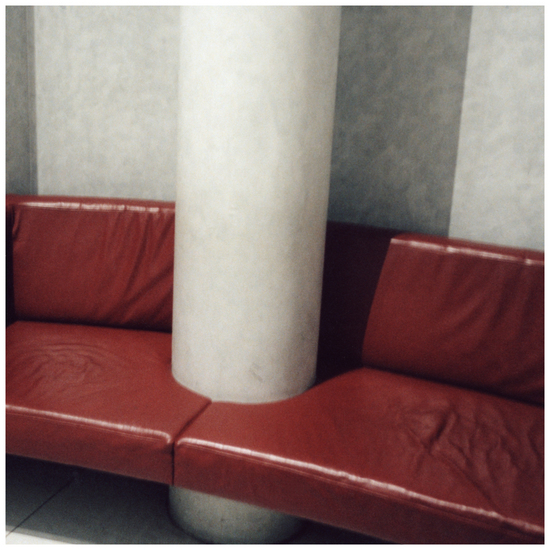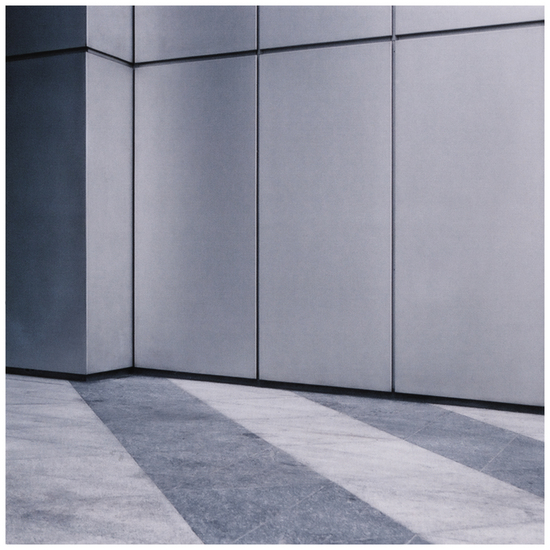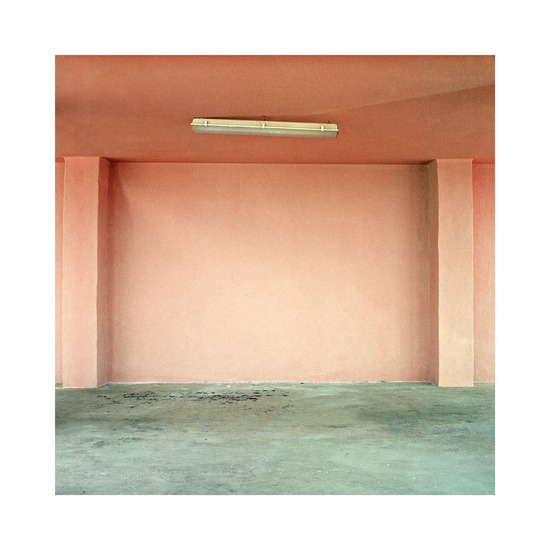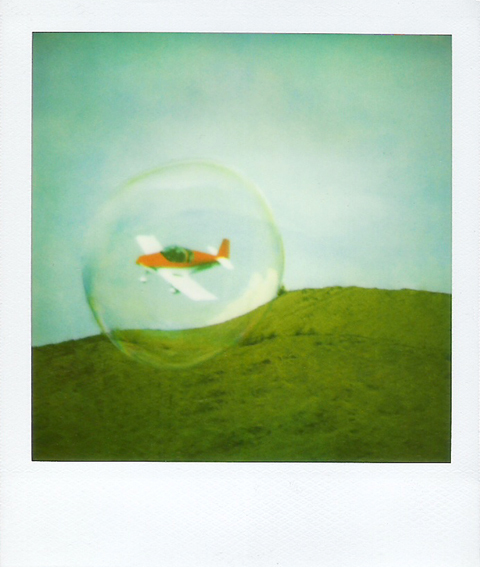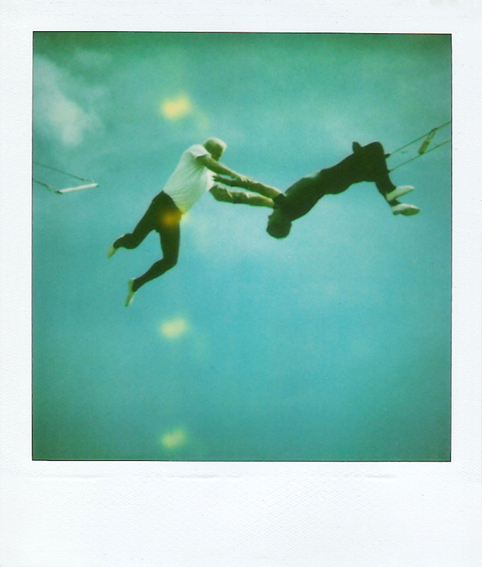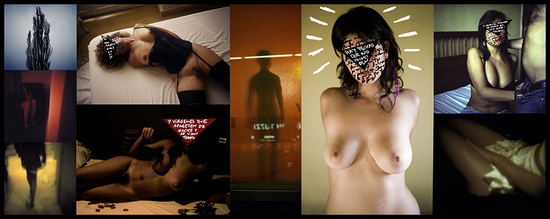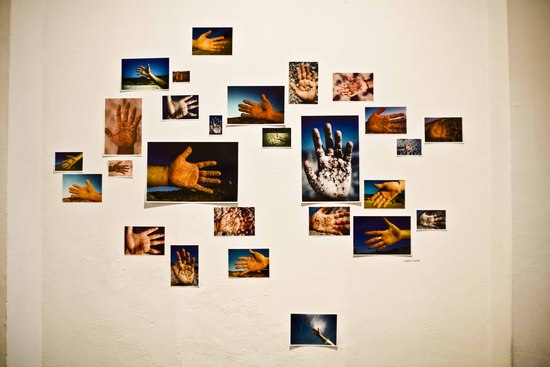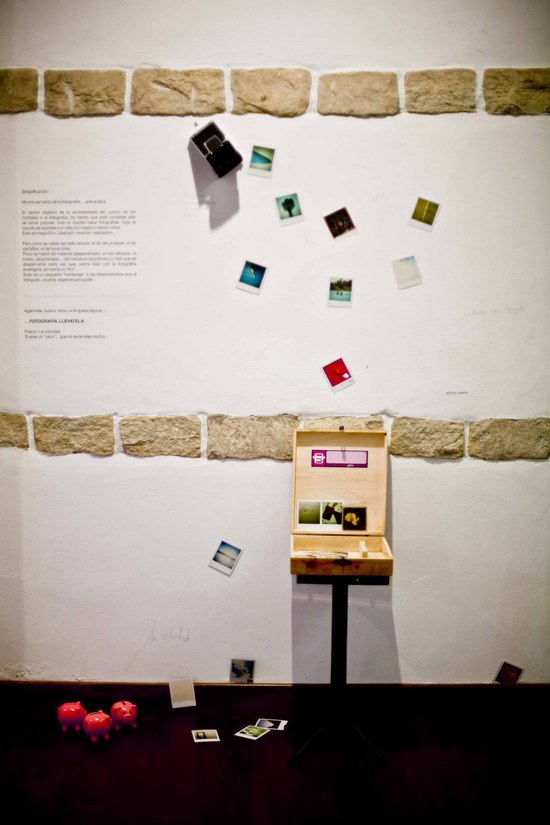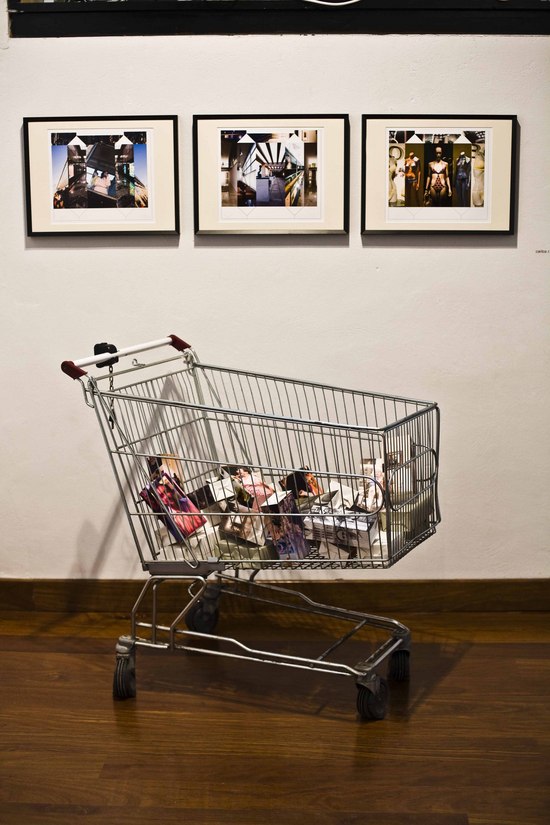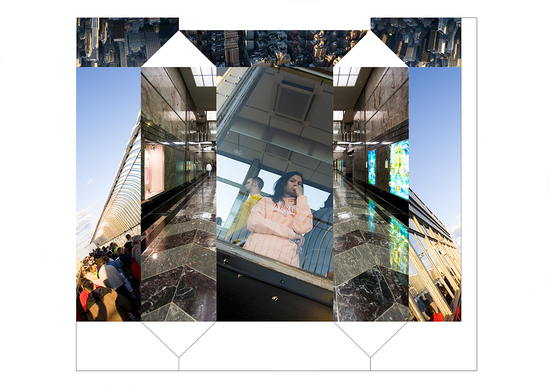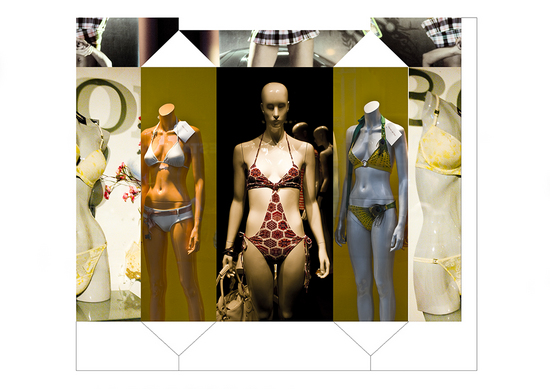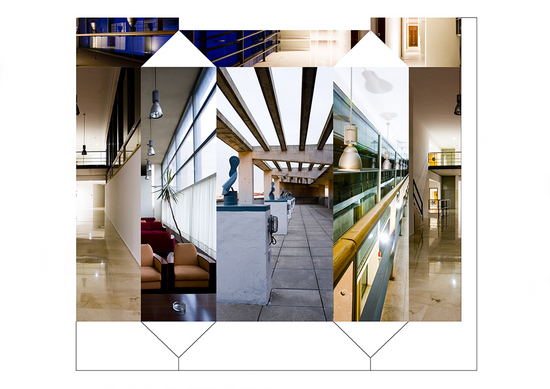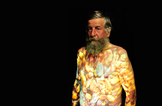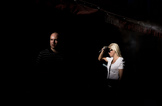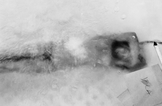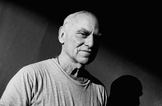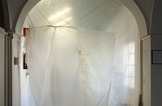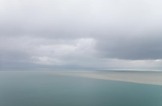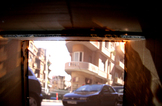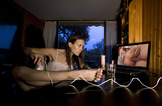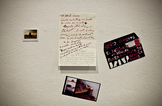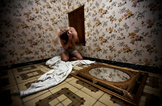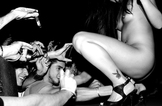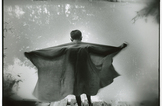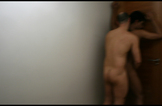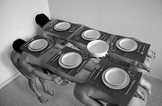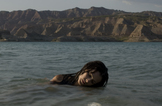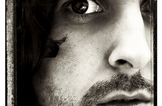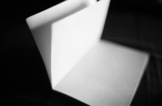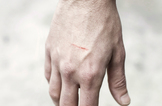

31. October - 16. January 2009
Date with El Fotómata
María Cañas, Martín Rueda, Carlos R. Liñán, David Jiménez, Diego Ortiz, Miguel Romero, Gabriel Campuzano, Arturo Marín,
Tiago Da Cruz. Comisario: Ricardo León
The Fotomata Gallery coinciding with the celebration of BIACS, presents its bet for the contemporary photography. It focuses on the personal vision of the World, via the observations of nine artists that define the line of work of the gallery. A universe of emotions, registers of memory, calls to attention or opportunities to reflect, that allow us to share the individual microcosms of these photographs.
Carlos presents an installation in which he demystifies the value of photography to transform it into an object as everyday as a tetra pack carton from any supermarket. There is in that a wink to the spectator, an invitation to play, to the intervention and, certainly, a desire to transgress that reminds us to the greats of Pop Art.Furthermore, it demonstrates that the barrier between the artistic médiums can be imperceptible, from the dimensionality of photography we can pass to 3D and to spaciality of the sculptural installation. He completes the work with a more conceptual tone the plane development of some of the pieces. David Jiménez (Alcalá de Guadaira, 1970) inaugaurated in the gallery last January recovers one of his series ´´Landscape´´ offering a renovated form of a composition that insinuates a breeze of fresh air. In front of the habitual black and white, he has opted for colour in small fragments of his personal reality, that becomes in the diminutive verses of a particular visual poem. The work of Jiménez is subtle , delicate almost as imperceptible as a light autumn breeze. He acts here as the counterpoint of other artists who transmit the heart wrenching force of their inner selves, and it is the test of the harmonious experience of different languages in contemporary photography.
Photographer Diego Ortiz (Madrid, 1968) shows us two spectacular works that perfectly define his recent trajectory: “Wall 2 lights” and “Ocre Wall” . They are these arquitectonical habitual spaces that, at force of repetition, they pass unseen before our gaze. Possibly the everyday routine, the rush and the stress has placed a bind on us and isolated us from reality. Take away the human factor, to elect that private format and to decontextualize the space, are some of the resources that the artist employs to force us to a distinct contemplation. If we are capable of rediscovering them in a calm, silent and individual way, perhaps we can find that "back door".
Miguel Romero from s/t invites us once again to implicate us in the story, to convert us into a player that participates in the development of the photographic process. He continues to wake our curiosity sorting his experience, and encourages us to be protagonists. Having chosen the process of camera obscura he takes us to another time, to envelope us in the doubt of the difficult dilemma between fiction and memory. Photography is not only documentary. Much more it becomes in pretext for the continual reflection on the nature of the fixed image. The faded gold of its rescues frame contains not only reality, but maybe dreams.
Gabriel Campuzano for once, seems to have abandoned his passion for architecture. But it is only an appearance, the scientific character and the systematic analysis reflect once more his technical training. In his eagerness to reduce subjective factors to approach the idea of inventing them, he continues to elude expression and feeling. And once absent he transforms the faces appearances, into beings without name with those that we can transfer to another dimension. ´If your portrait is the veil of my gaze´´is the opportunity to transcend to another reality, of crossing the threshold of a door that leads to an unknown place. His transferred polaroids are this time the deposit of an imaginarium both personal and personalised.
The Cadiz native, Arturo Marín also works with polaroid in “what screws the flies”and sets up an installation , apparently banal and fun, but full of significance. From the photographs rejected by the author he encourages the public to participate in the game of the art market. You can choose , state your price, aquire and even rob the image that most takes your fancy. They belong to that surreal world to which we have become accustomed, and in the same tone as the proposal. From irony and the parody we can reflect on the sense of art, its difusion, the market value , and the role of artist and spectator. An opportunity, without doubt to become curator,collector, head of the auction, or the artist himself.
A selection of the series “Paradise lost” is Tiago da Cruz´s (Caldas de Rainha, Portugal) proposal in which through different formats, he changes the settings for those seen in the everyday routine of the urbanite. And he does it enclosing insignificant fragments of reality, that more than documenting it they serve to evoke, to document, to suggest.The object, the setting, the environment, are converted thus in print, in trace, in testimony of a history that they have never told us. And in that, the very act of photographing them already is in and of itself important. The empty spaces and silences that it shows us, will only be filled by someone capable, capable of looking twice.
Maria Cañas a member of El Fotómata made her debut at the gallery with “The haggard virtue” which like her, is much talked about, striking, and excessive, impossible to go unnoticed. And we are quite happy about that, and welcome her. Never before has her fantastic imagination , her appropriation of images from the story of painting or Cinema –almost a classical language-been presented in such a solemn way, transformed into a tableau where the public today adore the icons of contemporary society. The dramatised hagiographies of her particular devotions, more than tranquility and spiritual repose, flood us with convulsions and unexpected feelings. The breeze becomes a storm, the silence an unexpected song.
And Martin Rueda who presents two very diifferent works in terms of technique, concept and content. The first “The man like a grain of sand” is a grand photographic mural composed of diverse formats, with hands covered in sand from the beach, which sets up a reflection on equality and diversity of the human being. In the distance and among the multitude, we confuse ourselves with the mass and everything seems the same. In the foreground and the individuality we are all unique, like every fingerprint , like every grain of sand stuck to them. The very structure of the mural allows it to express it in a distinct form on different ocassions.
The last work “Dreams” is as I have said before: Martín Rueda in pure state. It is a large box of light in which the artist knocks over and out pour his feelings. And his most profound passions. His interior world full of force of erotic charge, of tears, of violence and provocation.. The remnants of a life that only photography and the artistic language transform into licit argument for show. And it is his own light, the prime material of photography that transfers to the fixed image and translates to the face of the spectator. When we see each other involved in the scene : Witnesses,? Accomplices? Judges? Each one decides his place.
To all of them, my most cordial congratulations and gratitude.















